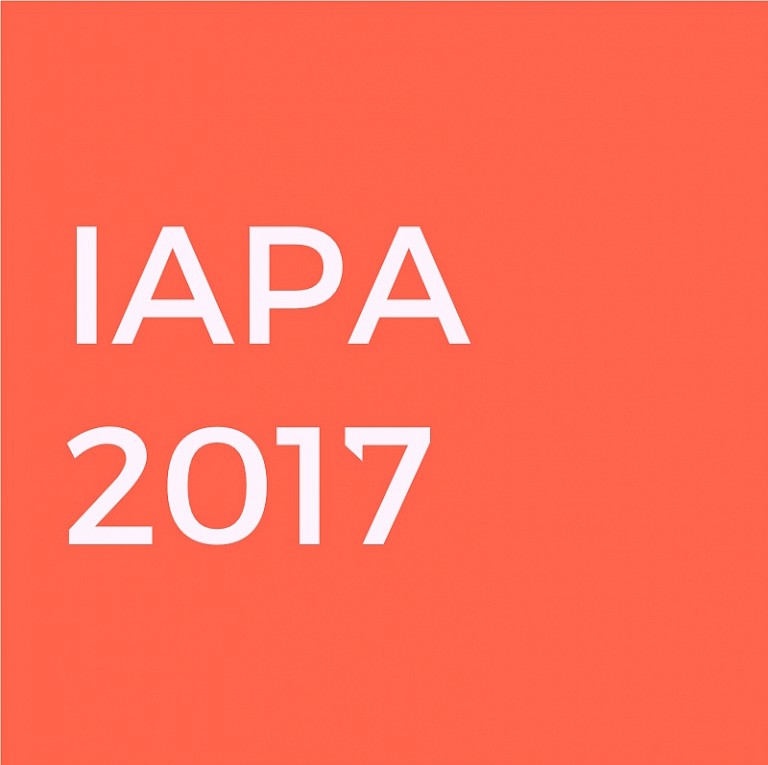



SUPERFLEX’s work had highlighted an alternative currency arrangement in the commerce of Sharjah’s widely varied communities, one that was based on memories rather than money. This had the effect of engaging the subjectivity of those who had physically or emotionally occupied the space of Bank Street, acting as a public receptacle for their memories, stories, languages and social currencies.
The success of the installation was in its simplicity. From those who were directly vested in the work itself, either through having provided the requested urban objects, or through utilising the space as the park it was designed to be, engagement into the installation itself was easy to access, and required very little contextual education. The storytelling of the artwork came from its own nature as a series of stories, and this resulted in an immediate attraction towards a local community who cherished a form of enfranchisement and gratification of their own personal stories, whilst living their professional lives for the practicalities demanded from a commercialised world. The nature of the UAE’s international community is one that is heavily reliant on commerce - as other expatriate communities such as Hong Kong or Singapore would share, commerce is at the heart of the majority of the population’s reasoning behind living and working in such a foreign location. The gratification, therefore, lay in the fact that the installation was, in the audience’s eyes, a method by which their adopted city had accepted their bloodline stories and embellished them into a public reality.
The installation also captured the changing nature of Sharjah, having once been the commercial hub of the United Arab Emirates, it has now been surpassed by other regional commercial giants such as Dubai or, the capital, Abu Dhabi. Notwithstanding this, international artists have found the unique spaces and urban planning that Sharjah has to be a particularly enthralling canvas in which to reflect ideas of change, identity, subjectivity and personal expression. SUPERFLEX had accurately ensured that the public space they had created was equally as intriguing as it was fitting to its local environment.
Curated and comissioned by Yuko Hasagewa for Sharjah Biennial 11- Rememerge, Towards a New Cultural Cartography, the curator and Sharjah Art Foundation comissioned projects by artists, musicians, architects and performers ' whose artworks and practices resonate with strands of the curatorial theme: the complexity and diversity of cultures and societies; spatial and political relations; notions of new forms of contact, dialogue, and exchange; and production through art and architectural practices of new ways of knowing, thinking, and feeling.' Biennial participation is by invitation and will begin their research by conducting a site-visit to Sharjah and will then proceed to propose a new work based on their experience and practice. The works are then produced with the support of Sharjah Art Foundation's Production Team who comprise of architects, engineers and artists. The Bank received funding from the Production Programme grant at Sharjah Art Foundation. To begin with, a flyer was handed out to the local residing and working community residing Bank Street, where they were asked to submit a photograph of an urban object they would like to see in the space. After a selection was made, the objects were then constructed and installed in an empty plot of land in the middle of the street which became a park for the duration of the Biennial.
All copyright belongs to Shanghai Academy of Fine Arts, Shanghai University.


